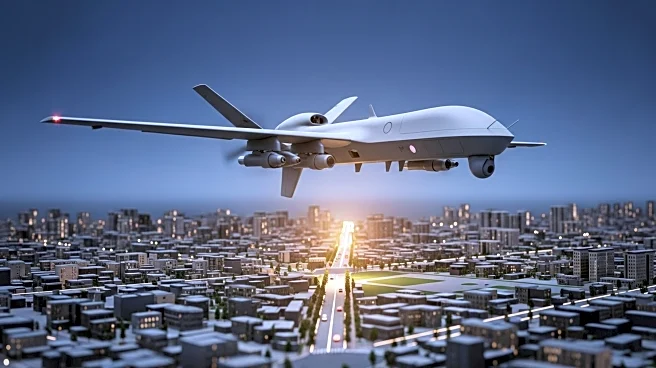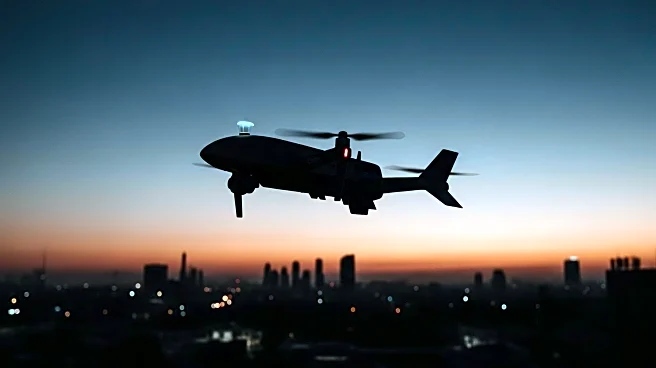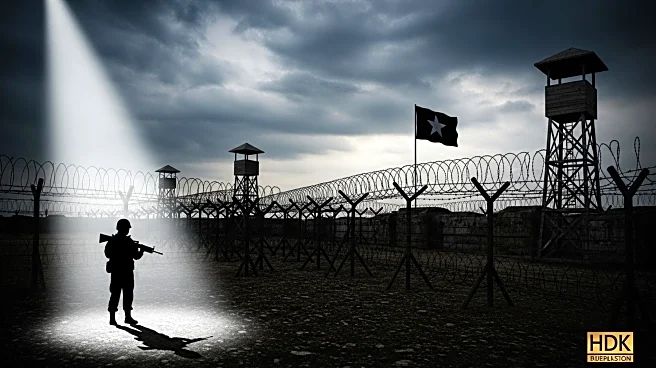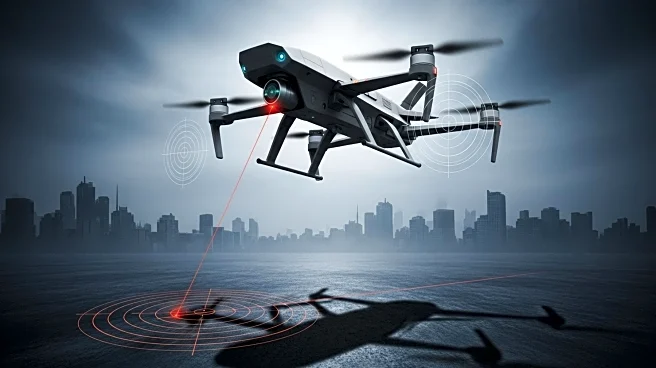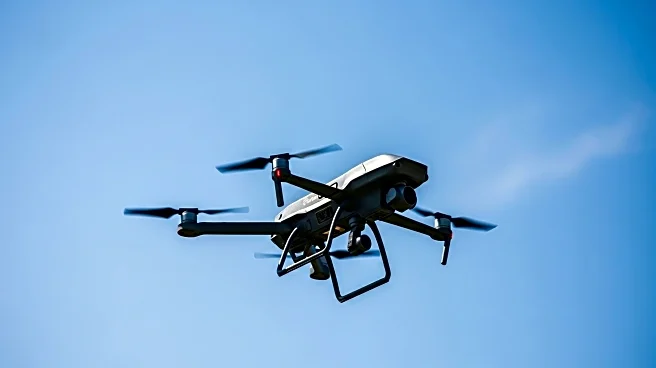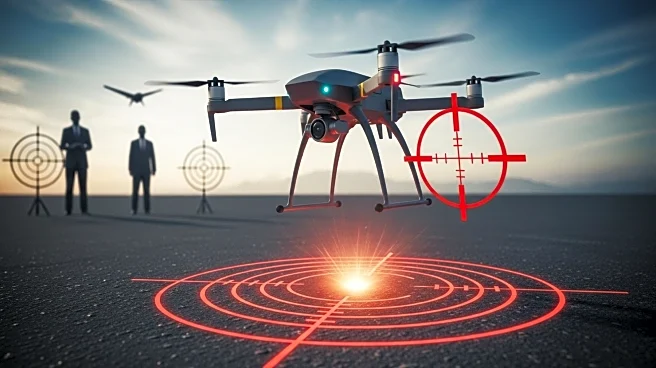What's Happening?
In the Gaza Strip, IDF commanders are facing challenges in urban warfare, requiring adaptation from traditional military doctrines to hybrid strategies. The confined space and civilian presence necessitate the use of scalable technology, such as drones and robots, to achieve fire dominance rather than relying solely on ground troops. This approach emphasizes tactical improvisation and synchronization of advanced systems to operate effectively in complex environments.
Why It's Important?
The shift to hybrid strategies in urban warfare reflects the evolving nature of military operations in densely populated areas. It highlights the need for innovation and flexibility in military tactics, impacting defense policies and resource allocation. The success of these strategies could influence future military engagements and the development of new technologies for urban combat, affecting both regional security and global military practices.
What's Next?
The IDF's continued adaptation to hybrid strategies may lead to further advancements in military technology and tactics. Observers will monitor the effectiveness of these strategies in achieving operational goals and minimizing civilian casualties. The approach may also prompt other nations to reevaluate their military doctrines in similar urban conflict scenarios.
